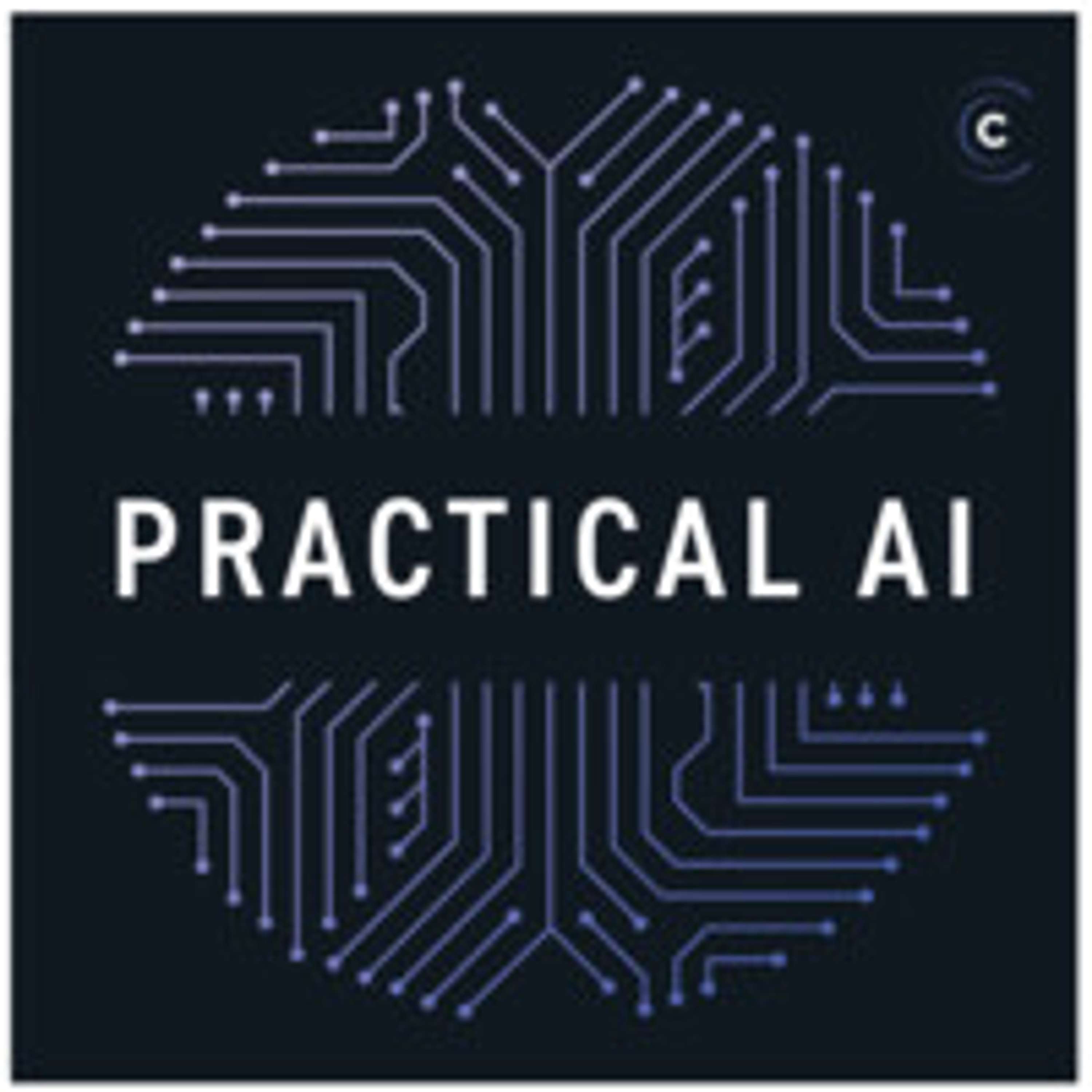
🤖 AI Summary
Overview
This episode dives into the production-ready implementation of federated learning systems, featuring insights from Chong Shen of Flower Labs. The discussion explores the Flower framework's architecture, its user-friendly design, and its readiness for enterprise environments. The conversation also touches on how the generative AI boom is influencing federated learning and Flower's roadmap.
Notable Quotes
- Data is running out to train these large language models. Federated learning unlocks the vast amounts of siloed data that could make these models even more useful.
– Chong Shen, on the future of federated learning.
- The key to solving federated learning challenges is harmonizing data standards first. Once that's done, implementation becomes much easier.
– Chong Shen, on overcoming data silos.
- With a simple `flwr new` command, you can spin up a federated learning project that runs out-of-the-box. It's all about reducing the cognitive load for developers.
– Chong Shen, on Flower's user-friendly design.
🌐 Federated Learning Basics and Use Cases
- Federated learning enables training machine learning models without moving sensitive or massive datasets by training locally and aggregating model weights centrally.
- Key drivers for adoption include privacy concerns, regulatory constraints, and the logistical challenges of consolidating distributed data.
- Common use cases span healthcare (e.g., hospitals sharing insights without exposing patient data) and industries with siloed or high-volume data sources.
🌸 The Flower Framework: Architecture and Features
- Flower is an open-source federated learning framework designed for ease of use, built on Python, and licensed under Apache 2.0.
- Core components include:
- Supernodes: Long-running services deployed at data sources to orchestrate local training.
- Superlink: A central server for aggregating model weights and managing federations.
- Recent innovations include a command-line interface (CLI) for quick project setup and monitoring, reducing setup time and complexity.
- Flower supports major ML frameworks like PyTorch, TensorFlow, and JAX, making it versatile for various use cases.
🚀 From Prototype to Production
- Flower allows seamless transition from simulation (using synthetic or public datasets) to deployment (connecting to real-world data sources).
- Production systems require clear roles:
- Administrators deploy supernodes and manage access.
- Data scientists focus on writing server and client apps for training and aggregation.
- Deployment considerations include reliability, bandwidth, and latency, with Flower's infrastructure designed to handle these challenges.
🤖 Generative AI's Impact on Federated Learning
- The rise of large language models (LLMs) has driven demand for federated learning to unlock siloed data for fine-tuning and training.
- Flower is evolving to handle the complexities of training massive models with billions of parameters, including optimizing weight streaming and communication protocols.
- Future aspirations include creating the first state-of-the-art LLM trained entirely using federated learning, ensuring privacy and scalability.
🔮 The Future of Federated Learning
- Federated learning is poised to play a critical role in training foundational models as traditional data sources become exhausted.
- Emerging trends include integrating federated learning with agentic workflows and exploring data DAOs (decentralized autonomous organizations) for collaborative model training.
- Flower Labs envisions a future where federated learning becomes the standard for privacy-preserving, distributed AI development.
AI-generated content may not be accurate or complete and should not be relied upon as a sole source of truth.
📋 Episode Description
Chong Shen from Flower Labs joins us to discuss what it really takes to build production-ready federated learning systems that work across data silos. We talk about the Flower framework and it's architecture (supernodes, superlinks, etc.), and what makes it both "friendly" and ready for real enterprise environments. We also explore how the generative Generative AI boom is reshaping Flower’s roadmap.
Featuring:
- Chong Shen Ng – LinkedIn
- Chris Benson – Website, GitHub, LinkedIn, X
- Daniel Whitenack – Website, GitHub, X
Links:
- The future of AI training is federated
- DeepLearning.ai short course on Federated Learning with Flower
- Flower Monthly
- Federated Learning in Automotive
- Federated AI in Finance
- Federated Learning in Healthcare
- Federated AI on IoT Systems
- FlowerTune LLM Leaderboard
- Flower Intelligence
- GitHub
- Slack
- Flower Discuss
Sponsors:
- NordLayer is toggle-ready network security built for modern businesses—combining VPN, access control, and threat protection in one platform that deploys in under 10 minutes with no hardware required. It's built on Zero Trust architecture with granular access controls, so only the right people access the right resources, and it scales effortlessly as your team grows. Get up to 32% off yearly plans with code practically-10 at nordlayer.com/practicalai - 14-day money-back guarantee included.
